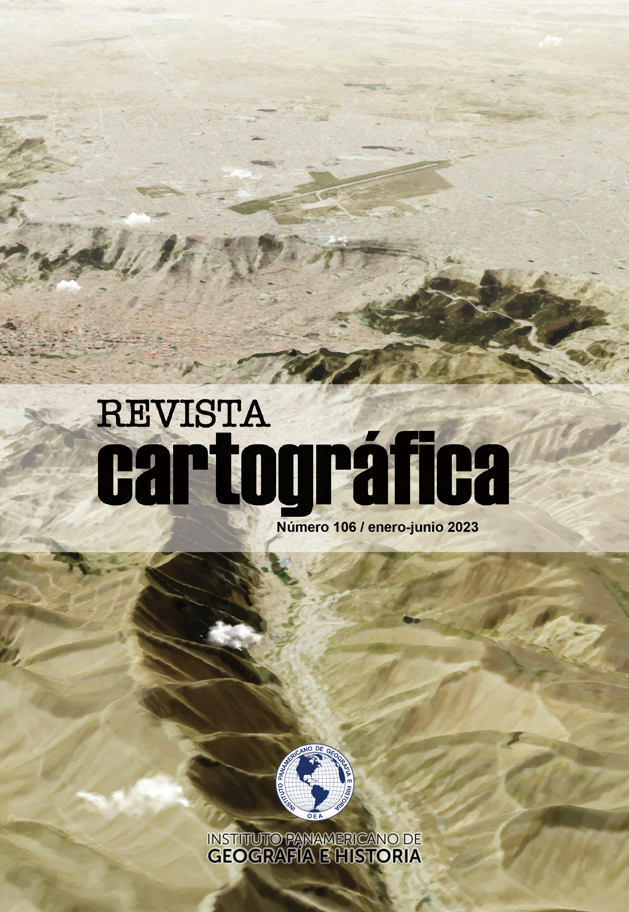Spatio-temporal analysis of the process of forest loss in the municipalities of Charo, Hidalgo, Indaparapeo, Queréndaro and Zinapécuaro. Michoacan, Mexico
Main Article Content
Abstract
In the state of Michoacán, Mexico, the forest loss has increased due to the change in land use caused by the expansion of permanent crops, particularly avocado cultivation. The spatio-temporal models allow us to know what are the interactions influencing the occurrence of this phenomenon of land use change and help to visualize the resulting spatial patterns. In this research, changes in land use were identified from 1994 to 2015 in the municipalities of Charo, Hidalgo, Indaparapeo, Queréndaro and Zinapécuaro in the state of Michoacán. Within the above context, a DEFORELATIONS model was built, where the spatial relationships present in the study area were analyzed, and those factors that have influenced the loss of forest and open forest were identified. Finally, a prediction was done of the areas susceptible to forest loss and their degree of probability of forest loss. From the application of the model, from the 10 spatial relationships analyzed, only proximity of forest cover to human settlements, proximity to roads, and proximity to permanent and annual crops, were relevant to forest loss. In the case of the loss of open forest, the same relationships were relevant, with exception of proximity of forest to roads.
Downloads
Article Details

This work is licensed under a Creative Commons Attribution-NonCommercial-ShareAlike 4.0 International License.
By submitting the originals, the author accepts the rules of distribution, reproduction and copyright established by the journal.
The author who publishes in Revista Cartográfica agrees with the following terms:
- It preserves the copyright, and grants the journal the right of publication (reproduction, edition, distribution, public communication and exhibition).
- Revista Cartográfica is licensed under the terms of Creative Commons Reconocimiento-NoComercial-SinObraDerivada 4.0 Internacional.
- The author is encouraged to reproduce and host their works published in the Revista Cartográfica in institutional repositories, web pages, etc. in order to contribute to the dissemination and transfer of knowledge.
- The journal adheres to the international standards and codes of the Committee on Publication Ethics (Code of Conduct and Best Practices Guidelines for Journals Editors, COPE).

